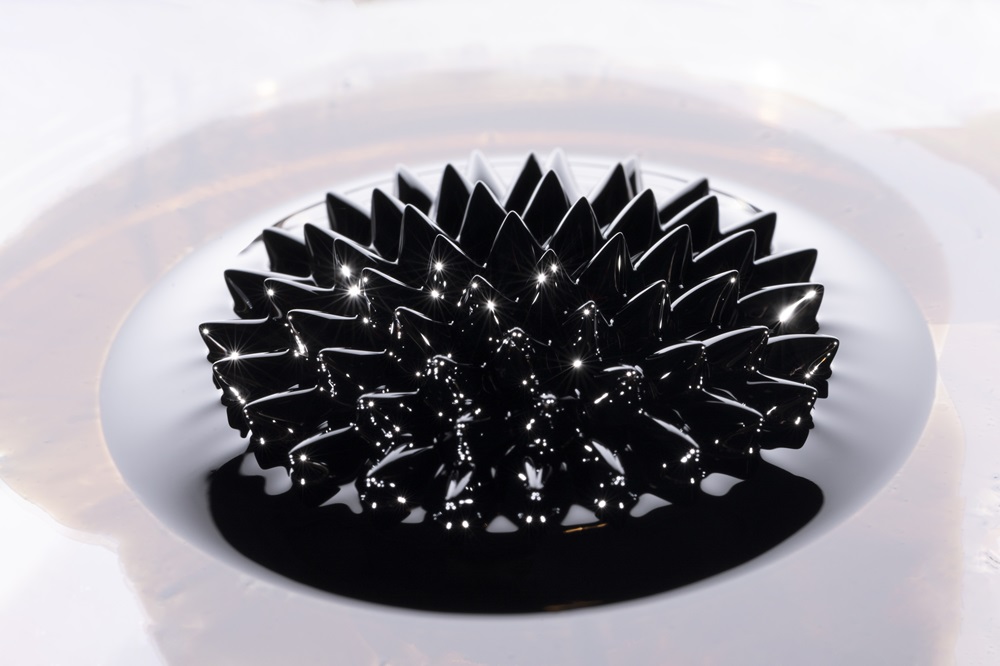The diamond industry is no longer limited to the world of luxury jewelry and aesthetic value. In recent years, it has expanded into sectors such as high-power electronics, photonics, aerospace, and quantum computing. Among the many technical applications of diamond, diamond heat sinks have emerged as a revolutionary component for thermal management, particularly in the most demanding environments.
Thanks to diamond’s superior physical and thermal properties, it is increasingly being used to create heat sinks for high-performance systems. In this article, we will explore what diamond heat sinks are, why they are superior, and how they are applied across various areas within the diamond industry.
What Is a Diamond Heat Sink?
A diamond heat sink is a thermal management device made from synthetic diamond, typically produced using Chemical Vapor Deposition (CVD) or High Pressure High Temperature (HPHT) methods. These heat sinks are used to draw heat away from high-power components like semiconductors, lasers, or optical systems.

Unlike conventional heat sinks made from metals like copper or aluminum, diamond heat sinks provide unmatched thermal conductivity, mechanical strength, and electrical insulation. These attributes make diamond an ideal material for applications requiring efficient heat dissipation and operational stability under extreme conditions.
Why Use Diamond for Heat Sinks?
1. Unmatched Thermal Conductivity
Diamond holds the title for the highest known thermal conductivity of any bulk material, with values exceeding 2000 W/m·K, which is five times higher than copper. This allows diamond heat sinks to rapidly disperse heat from hot spots, preventing overheating and device failure.
2. Electrical Insulation
Unlike metals, diamond is an excellent electrical insulator, which is essential in high-voltage and high-frequency electronic applications. This allows devices to manage heat without risking short circuits or electrical leakage.
3. Mechanical Strength
Diamond’s superior hardness and resistance to wear and deformation make it a long-lasting and stable material for critical applications. It can maintain structural integrity under high pressure and temperature.
4. Compact and Lightweight Design
Due to its efficiency, a diamond heat sink can be smaller and lighter than traditional alternatives while still outperforming them thermally. This is crucial for applications in aerospace, defense, and medical technology where space and weight are limited.
Applications of Diamond Heat Sinks in the Diamond Industry
The diamond industry has seen remarkable diversification in recent years, especially in the industrial and scientific sectors. Here are some of the most impactful ways diamond heat sinks are being used:
1. Semiconductor Devices
High-power electronic devices like Gallium Nitride (GaN) and Silicon Carbide (SiC) transistors are being widely adopted for next-generation power electronics. These devices generate significant heat during operation, which can degrade performance or cause failure.
Diamond heat sinks are used in these systems to efficiently manage thermal loads, ensuring stable and reliable performance. Manufacturers integrate CVD diamond substrates beneath semiconductor layers to draw heat away at record speeds.
2. Laser Diodes and Optical Systems
High-power laser diodes, such as those used in material processing or medical devices, require efficient cooling to maintain beam quality and prevent thermal drift. Diamond heat sinks are ideal in these cases due to their optical transparency (in some wavelengths), excellent thermal conductivity, and resistance to laser-induced damage.
Optoelectronic components, including light-emitting diodes (LEDs) and infrared sensors, also benefit from the thermal management properties of diamond heat sinks.
3. Quantum Computing and Photonics
In advanced fields like quantum computing, diamond plays a dual role. Not only is it used to host nitrogen-vacancy (NV) centers for qubit applications, but it also serves as an efficient heat sink in cryogenic environments.
Quantum photonic devices, which involve tightly packed laser and electronic elements, use diamond heat sinks to ensure precision and prevent interference caused by temperature fluctuations.
4. Microelectronics and MEMS
As microelectromechanical systems (MEMS) and integrated circuits become more compact and powerful, heat generation has become a significant challenge. In precision applications, even minor temperature changes can affect performance and reliability.
Diamond heat sinks are integrated into chip packaging to enable greater miniaturization without compromising thermal stability. Their thin-film variants can be directly deposited on silicon wafers to enhance thermal dissipation in multi-layered systems.
5. Aerospace and Defense Systems
Electronic systems in aerospace and military applications operate under intense stress, extreme temperatures, and compact conditions. Diamond heat sinks are used to cool radar systems, targeting devices, and space-borne electronics, where reliability is paramount and thermal management is critical.
Their radiation hardness, chemical inertness, and high thermal performance make diamond heat sinks ideal for space and defense technologies.
6. Industrial Tools and Equipment
Industrial cutting tools and laser systems powered by diamond often generate high heat levels. Using diamond heat sinks ensures that temperatures remain within optimal limits, thus extending the life of the tool and ensuring consistent performance.
These applications are especially prominent in sectors like mining, automotive, and machining, where diamonds are already used for their mechanical benefits.
Challenges and Future Outlook
While diamond heat sinks offer remarkable advantages, their cost and complexity of production remain challenges. Synthetic diamond production, particularly high-quality single crystal CVD diamond, involves significant investment and precision.
However, with the growth of applications in quantum technology, 5G communication, electric vehicles, and aerospace, the demand for high-performance thermal management will continue to rise. As manufacturing techniques improve and economies of scale take effect, diamond heat sinks are expected to become more accessible and widely used.
Conclusion
In the era of miniaturization and high-power electronics, efficient thermal management is more critical than ever. Diamond heat sinks represent a groundbreaking solution that leverages diamond’s unmatched thermal and physical properties to deliver stability, longevity, and performance in demanding environments.
From semiconductor devices to aerospace and quantum computing, diamond heat sinks are transforming the way the diamond industry and related industries think about heat dissipation. As innovation continues, these thermal systems are poised to play a central role in the next wave of technological advancement.